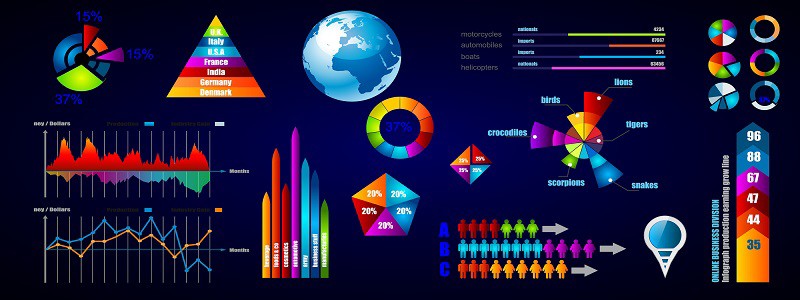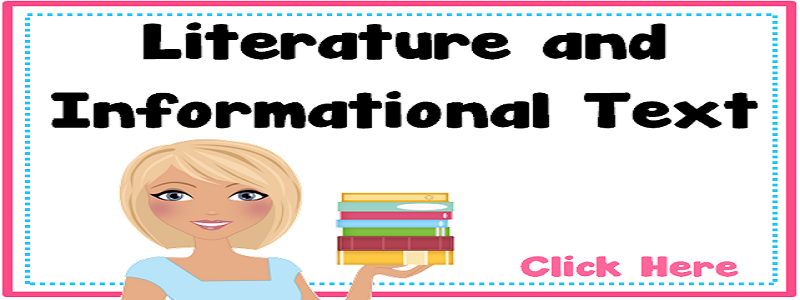Analytic Comparisons Activity: Student Refutation Writing Samples
Overview
Students need to see models of argumentative writing to learn how to improve their own work. Those models should include some peer-student work that is proficient, but also some work that is deficient, so that students can see how certain criteria of effective argumentative writing are met and exceeded, and so that they can analyze the specific ways that argumentative writing can come up short.
Analytic Comparisons is an argumentative writing activity that enables students to think through both more effective and less effective examples of peer-student argumentative writing, helping them to self-reflect and incorporate this learning from close review of others’ work into the betterment of their own writing work.
How Do We Prepare the Next Generation of Citizens?
By Deanna Kuhn
“College and career readiness” is the objective American educators are focused on these days, and it’s one both students and their parents will approve. Both want assurance that the cost and rigors of getting into and through college will pay off as a sure ticket to life success. A recent Harvard poll showed achieving this personal success to be the number one concern of today’s youth, and parents are likely glad to know. The broader purposes once associated with higher education have taken a back seat as college increasingly becomes a strict means to an end.
Building an Argument (Not a Wall), Using Templates
Working with one of its middle school partners, Argument-Centered Education recently supported but largely observed an English language arts class building arguments from a single source, on the debatable issue of what U.S. policy should be on undocumented residents. The debatable issue was specifically formulated:
Should the United States offer a pathway to citizenship for the millions of undocumented residents currently living in the U.S.?
This argument writing activity was designed to be brief, its full duration only a few days, so after a short video clip introducing the issue, followed by a think-pair-share discussion emphasizing the factual backdrop and issue-specific vocabulary, students read a single article, from the New York Times Upfront Magazine, from which they were expected to derive most of their evidence, and a good portion of their ideas.
“It’s the Argument, Stupid, Not the Text Type”
By Gerald Graff
A quarrel has simmered for the past several years over the kind of texts to be used in language arts instruction, according to the new Common Core and other college-directed education standards, but from my point of view as an English teacher this discussion has badly missed the point. The quarrel was touched off when these standards proposed a shift of emphasis in school reading assessment from works of fictional literature to “informational” texts. As The Washington Post and many other sources have reported, ELA teachers reacted with outrage to the shift, charging that, as Sheridan Blau, a professor of education at the Teachers College Columbia University puts it, “The effect of the new standards is to drive literature out of the English classroom.”
‘Simile-Evidence-Reasoning’ — An Argument-Based Character Analysis Activity
We are probably all very familiar with the Toulmin-based universal argument model of Claim — Evidence — Reasoning. In building our students’ disciplinary literacy, though, all three of these components — as well as the Argument-Centered Education components of “refutation” and “argument evaluation” — can be adapted to subject area specific standards, objectives, criteria, and conventions.






